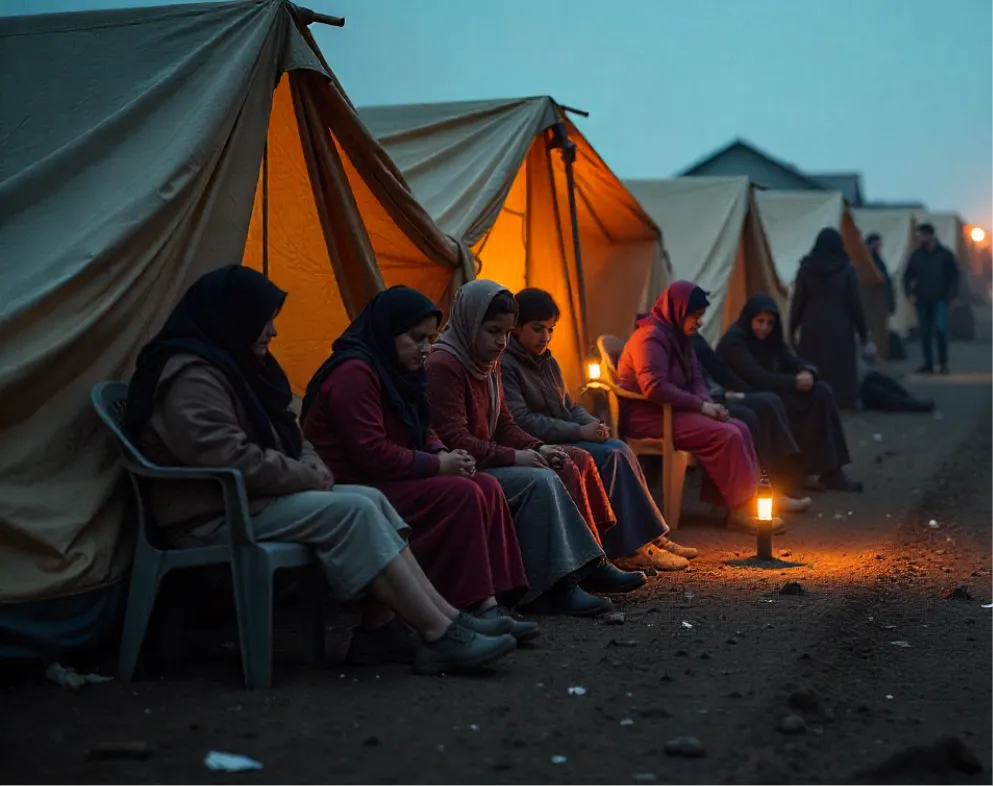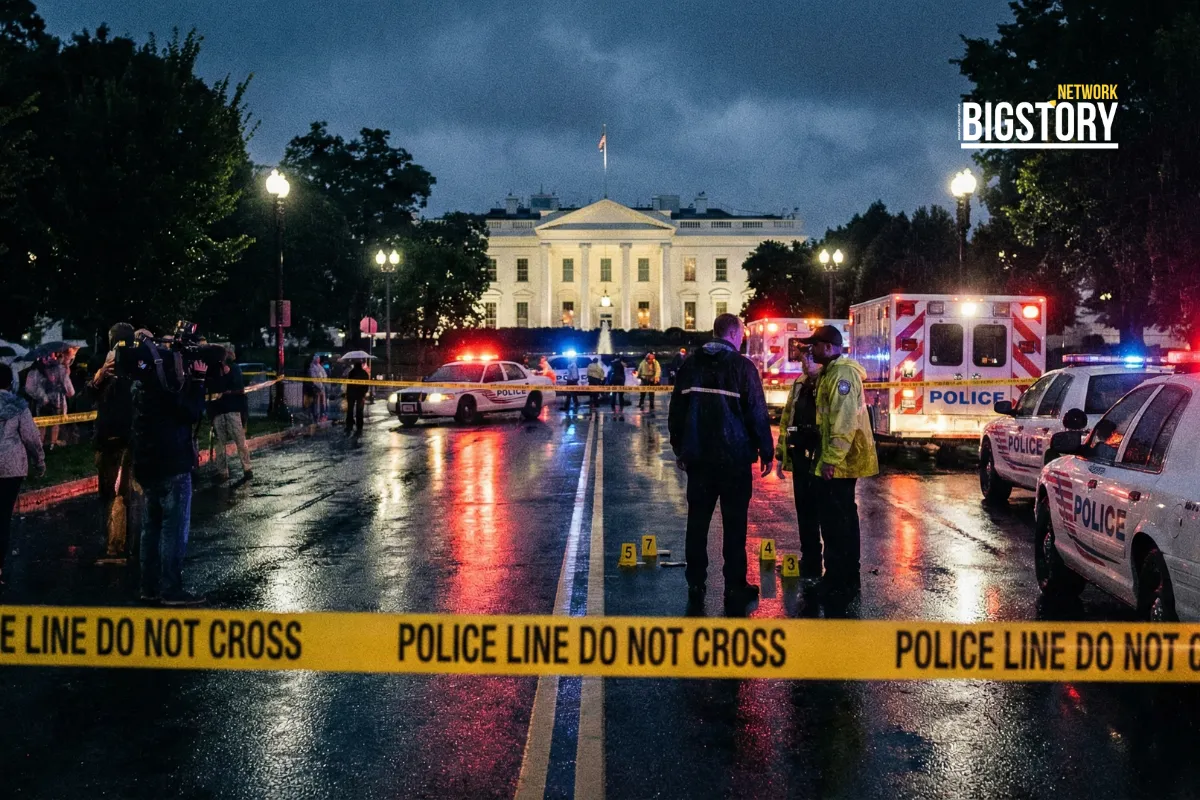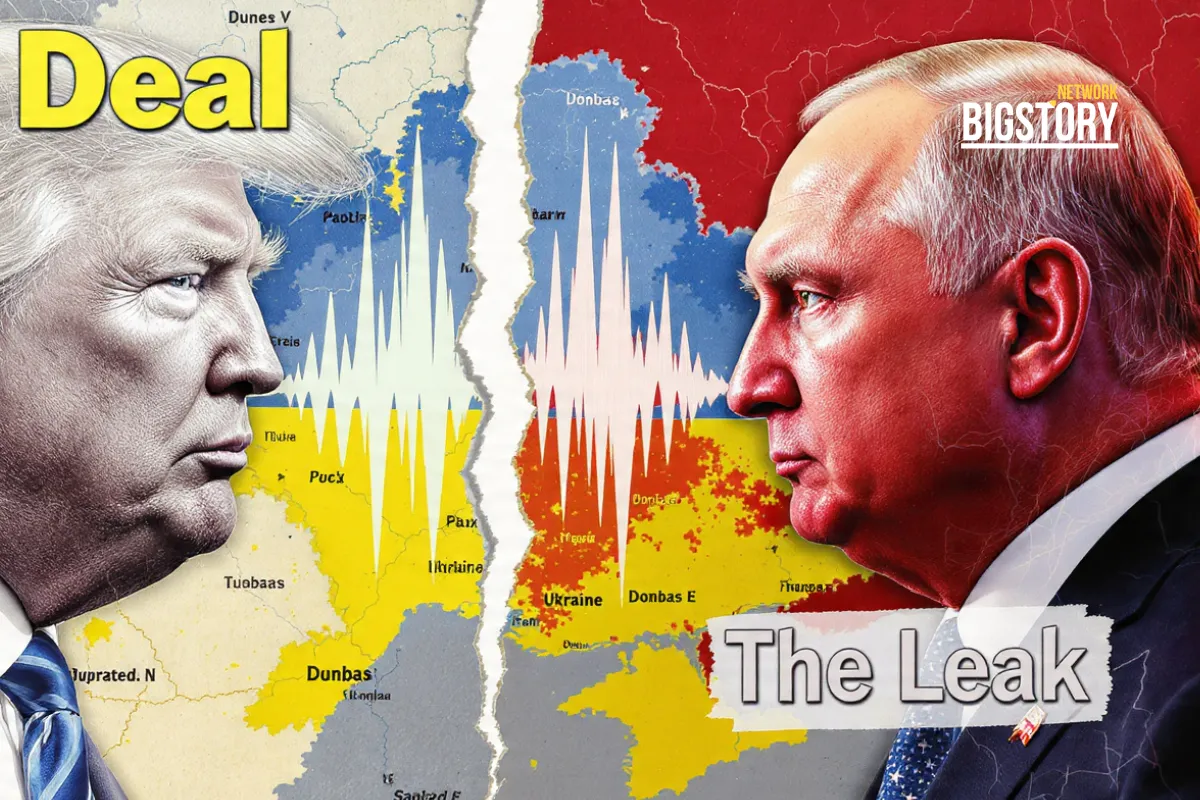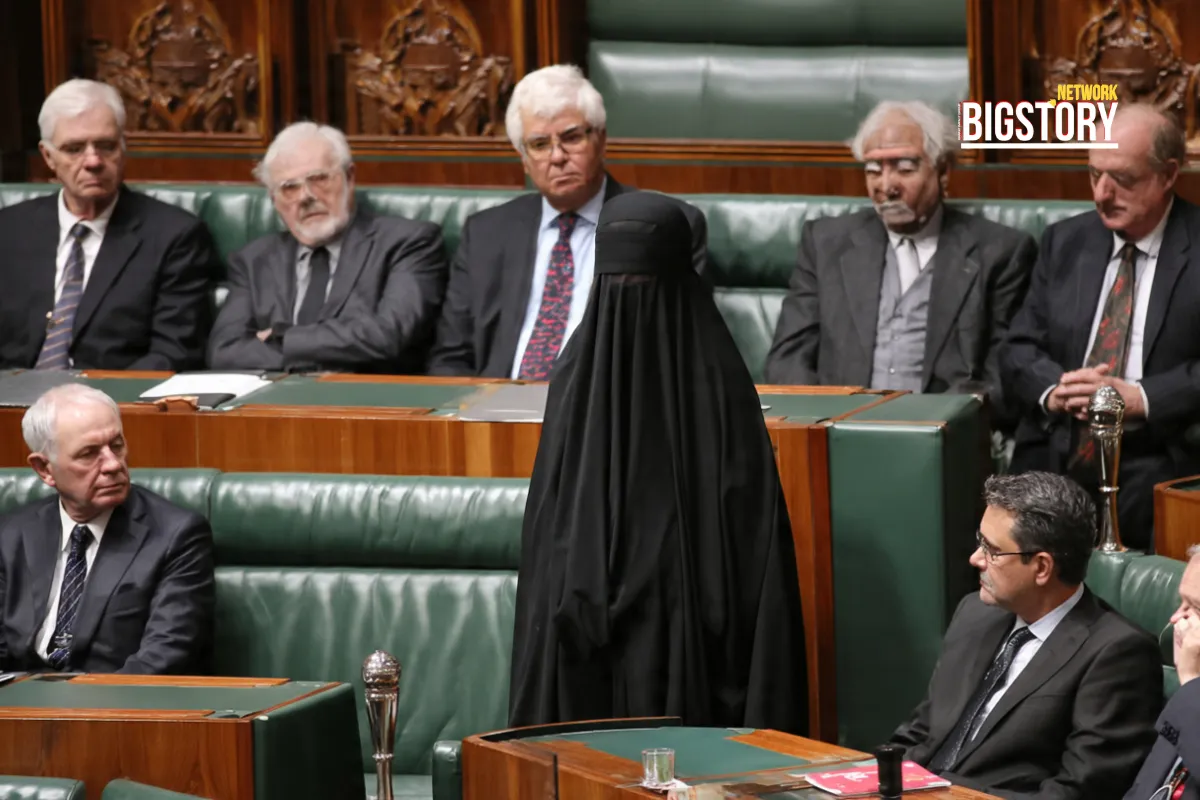Deadly 6.9 earthquake hits Philippines Oct 1, killing 69 in Cebu province. Rescue operations continue as thousands displaced by powerful tremor.
 Sseema Giill
Sseema Giill

A powerful 6.9-magnitude earthquake devastated central Philippines on Tuesday night, killing at least 69 people and injuring over 150 others in one of the most destructive seismic events to hit the region in more than a decade. The tremor struck at 9:59 PM local time near Bogo City in Cebu province, triggering landslides, building collapses, and widespread power outages across the central Visayas region.
When and Where: The earthquake occurred at 9:59 PM local time on Tuesday, October 1, 2025, with its epicenter located approximately 19 kilometers northeast of Bogo City, a coastal community of 90,000 residents in Cebu province.
Magnitude and Depth: The United States Geological Survey recorded the quake at magnitude 6.9, occurring at a dangerously shallow depth of just 5 kilometers, amplifying its destructive impact. Shallow earthquakes typically cause greater damage at the surface.
Casualties and Damage: The death toll stands at 69 people, with more than 150 injured. Bogo City suffered nearly half of all fatalities, while San Remigio town reported 14 deaths. At least 22 structures collapsed, and several bridges and roads were rendered impassable.
Notable Incidents: Seven victims died when a sports complex roof collapsed during a basketball game in San Remigio, including three Philippine Coast Guard members and a child. The quake also interrupted the Miss Asia-Pacific International 2025 beauty pageant in Cebu City, but all 43 contestants were safely evacuated.
The Philippines lies along the Pacific “Ring of Fire,” a region of high seismic activity where tectonic plates frequently collide. This earthquake was caused by movement along an undersea fault line and was followed by four aftershocks above magnitude 5, including one as strong as magnitude 6. By Wednesday afternoon, nearly 800 aftershocks had been recorded.
The disaster struck just days after Typhoon Bualoi battered the region, compounding infrastructure damage and leaving residents more vulnerable. It is the deadliest quake in central Philippines since the 2013 Bohol earthquake, which killed over 200 people.
The Philippines loses an estimated 1.2% of its GDP annually to natural disasters, and major events like this can raise losses to nearly 5%. With climate change intensifying typhoons and earthquakes posing constant threats, the country faces mounting risks to infrastructure, investment, and tourism.
The tragedy also underscores the urgent need for improved disaster preparedness in the Pacific Ring of Fire, where millions remain vulnerable to similar catastrophes.
Rescue teams continue to search for survivors, and officials warn the death toll may rise as operations expand to remote areas affected by landslides.
Q1. Where did the earthquake strike in the Philippines?
The 6.9-magnitude earthquake struck near Bogo City in Cebu province, central Philippines, at 9:59 PM local time on October 1, 2025.
Q2. How powerful was the earthquake?
The quake measured 6.9 on the Richter scale and occurred at a shallow depth of just 5 km, making it extremely destructive.
Q3. How many people have died and been injured?
As of the latest reports, at least 69 people have been killed and over 150 injured. Officials warn the toll may rise as rescue operations continue.
Q4. What areas were worst affected?
Bogo City and San Remigio town in Cebu province reported the highest casualties. Several structures, including bridges and churches, were severely damaged across the central Visayas region.
Q5. Were there any notable incidents during the quake?
Yes. A sports complex roof collapsed in San Remigio, killing seven people, and the Miss Asia-Pacific International 2025 pageant in Cebu City was disrupted, though all participants were safely evacuated.
Q6. Is the Philippines prone to earthquakes?
Yes. The Philippines lies along the Pacific “Ring of Fire,” one of the most seismically active regions in the world, where tectonic plates frequently collide.
Q7. Are aftershocks still being recorded?
Yes. Nearly 800 aftershocks have been reported, including one measuring magnitude 6. Residents are advised to remain cautious.
Q8. How is the government responding?
President Ferdinand Marcos Jr. has mobilized government agencies, declared a state of calamity in affected areas, and sent rescue teams and aid to Cebu.
Q9. Has international aid been offered?
Yes. The United States, Japan, Australia, the European Union, Taiwan, India, and Canada have expressed condolences and offered humanitarian support.
Q10. How can people help earthquake victims?
Donations of food, clean water, medical supplies, and financial aid to trusted organizations like the Philippine Red Cross and accredited relief agencies are the most effective ways to help.






Sign up for the Daily newsletter to get your biggest stories, handpicked for you each day.
 Trending Now! in last 24hrs
Trending Now! in last 24hrs



